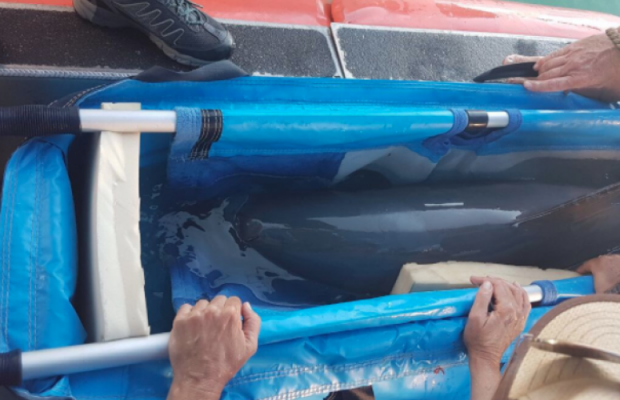By José Antonio Pérez
Following the death of an endangered female vaquita marina porpoise captured last week as part of the Vaquita CPR effort (Conservation, Protection, and Recovery), the Secretary of the Environment and Natural Resources (SEMARNAT) announced the program has been suspended until the vaquita’s cause of death is known and protocols are in place as to how to further the mission to prevent the vaquita’s extinction.
In speaking to the Environment and Natural Resources Commissions, as well as the Climate Change Commission, SEMARNAT Secretary Rafael Pacchiano Alamán explained, over three weeks of the project they were able to capture two vaquita marina in the Upper Gulf of California, the first (approximately 6 months old) which was released immediately, and the second (a female in reproductive age) that died.
The suspension also comes after calls from the Animal Welfare Institute to cease the Vaquita CPR program, following the death of the second vaquita during rescue operations, calling the loss “catastrophic for the future of the species.”
Pacchiano Alamán reported the Vaquita CPR program, made up of 67 scientists and sea mammal experts, as well as the Comprehensive Strategy for Recovery of the Vaquita Marina and Totoaba in the Upper Gulf of California, has been one of the most ambitious programs of the present federal administration in seeking to end two of the principal causes of death of the vaquita marina.
Lorenzo Rojas, lead scientist of the Vaquita CPR program, described what may have been the last close contact between humans and the most endangered porpoise in the world, of which it is believe there remain only 30. He doubts enough vaquita marina will survive next year to even attempt capture and rescue, as with so few vaquitas remaining they cannot be put at risk.
“These small porpoises do not respond well to the stress of capture, and no other vaquita should be put into deliberate danger,” indicated the Animal Welfare Institute, which specializes in the protection of animals.
